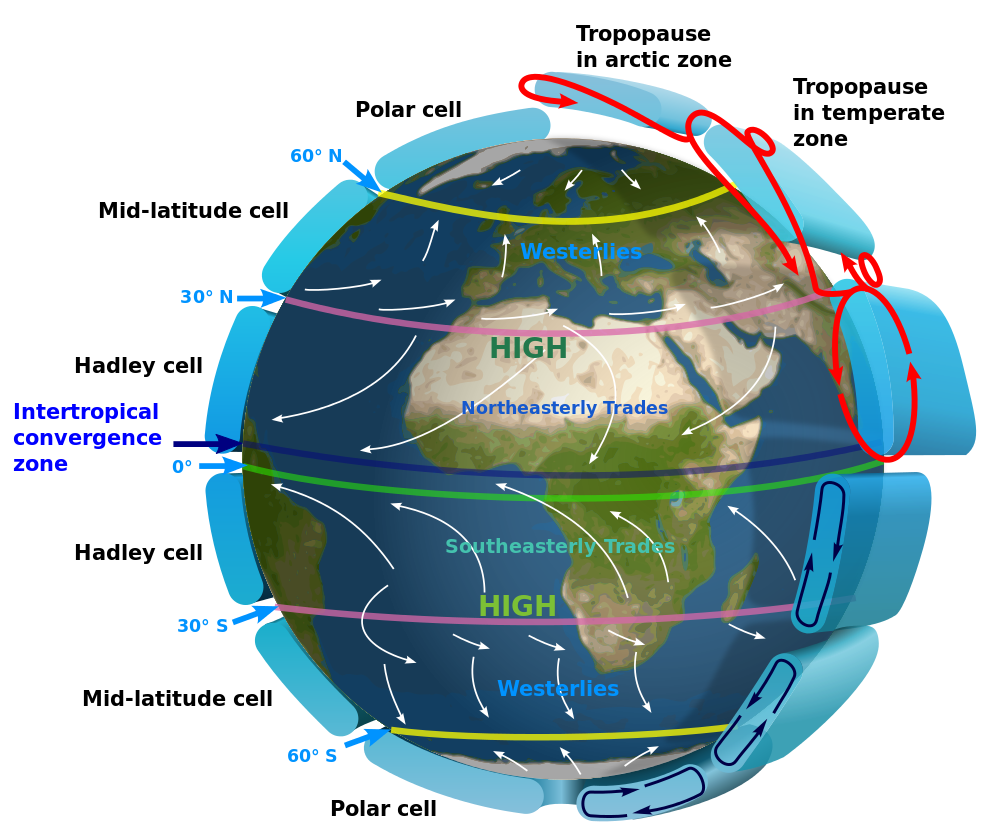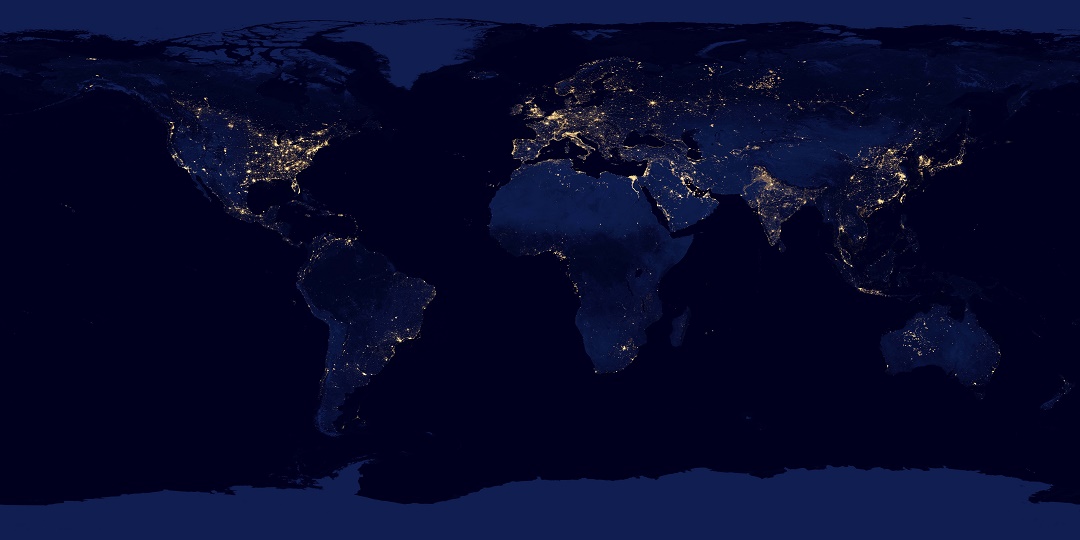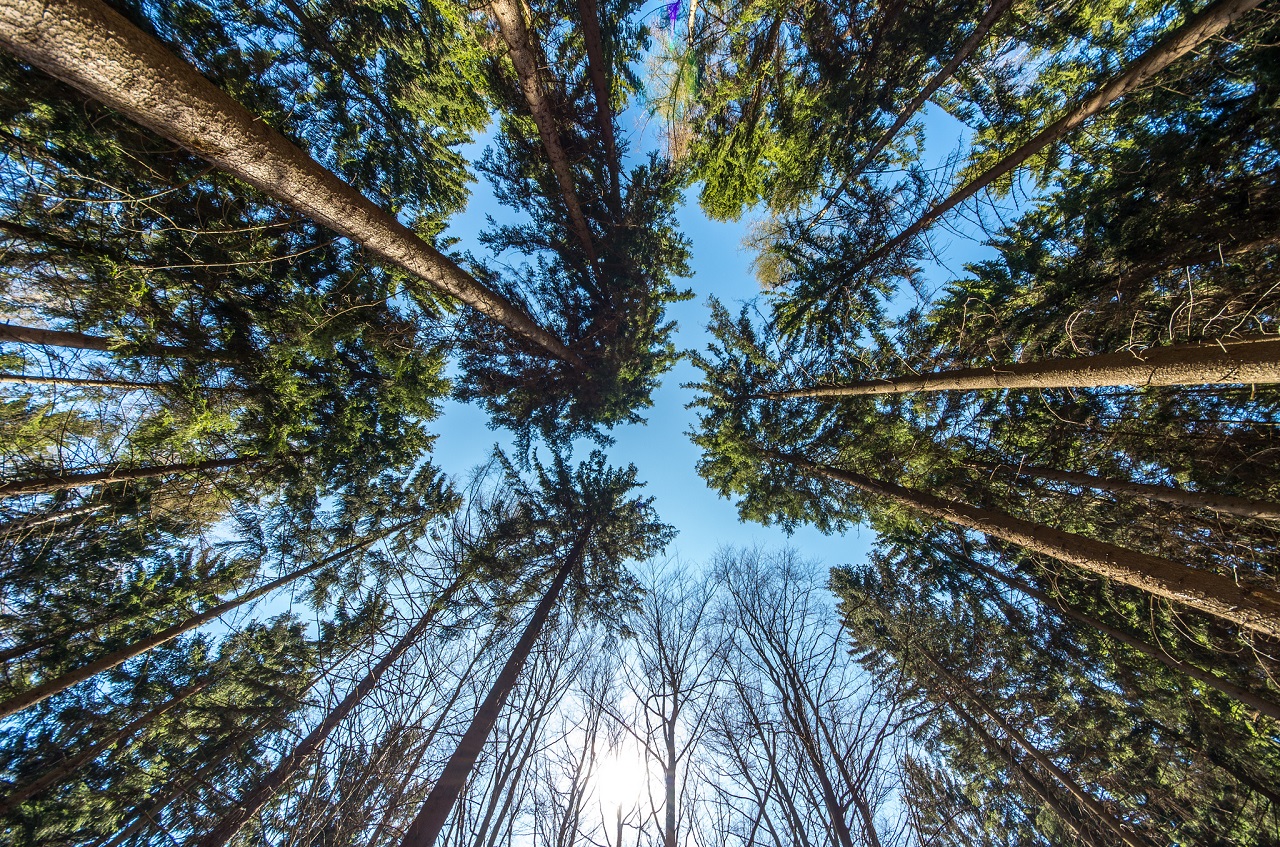The Sahel region of southern Sahara has become greener in recent decades. The researchers explain this by mainly increased rainfall. But the Sahara has been much greener in the past during previous warm climatic periods.

Animals such as elephants, giraffes, and lions once thrived in the Sahara during the period from 11,000 years ago to 5,000 years ago when the region was not a desert, but a green lush part of Africa.
This was a period of high global mean temperature due to increased solar radiation because of the Earth’s axis tilt (Milankovitch cycles). But while the mean temperature was higher on Earth, it also rained more in the Sahara.
Tropical rain belts are tied to what happens elsewhere in the world through the so-called Hadley circulation, a tropical atmospheric circulation that rises near the equator. It is linked to the subtropical trade winds, tropical rain belts, and affects the position of severe storms, hurricanes, and the jet stream. Where it descends in the subtropics, it can create desert-like conditions.
Researchers have now recreated the pattern of precipitation from this green period and analyzed the contents of various vegetables that once washed out to sea and now found in the bottom sediments off the coast of west Africa.
The researcher’s approach was to investigate the amount of a type of wax found on the leafs of vegetables that protects them from drought and keep them from drying out. The variation over time of different waxes in the sediment reflects how rainfall and hence the vegetation has varied.
“It has been something of a mystery to understand how the tropical rain belt moved so far north of the equator. Our findings show that that large migrations in rainfall can occur in one part of the globe even while the belt doesn’t move much elsewhere.”
– Robert Korty, associate professor in the Department of Atmospheric Sciences, Yale University
It is possible that Sahel will become even greener with global warming and more rainfall. But the climate models that are in use today will need to be improved to provide good answers about what will happen to the Sahara in the future, according to researchers.
Reference:
Tierney, Pausata, deMenocal Rainfall regimes of the Green Sahara Sci. Adv. 2017; 3: e1601503 18 January 2017











![OpenAI. (2025). ChatGPT [Large language model]. https://chatgpt.com](https://www.illustratedcuriosity.com/files/media/55136/b1b0b614-5b72-486c-901d-ff244549d67a-350x260.webp)
![OpenAI. (2025). ChatGPT [Large language model]. https://chatgpt.com](https://www.illustratedcuriosity.com/files/media/55124/79bc18fa-f616-4951-856f-cc724ad5d497-350x260.webp)
![OpenAI. (2025). ChatGPT [Large language model]. https://chatgpt.com](https://www.illustratedcuriosity.com/files/media/55099/2638a982-b4de-4913-8a1c-1479df352bf3-350x260.webp)








